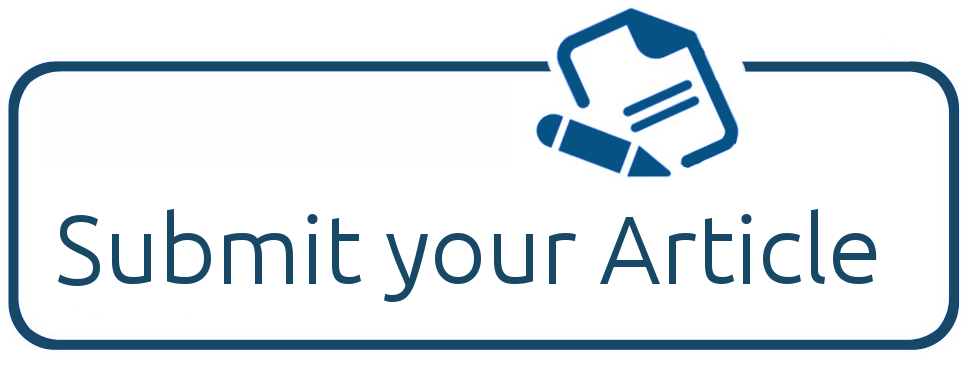Peningkatan Daya Saing Usaha Berdasarkan Implementasi Strategi Kemitraan Usaha
DOI:
https://doi.org/10.55098/jba.v1.i1.p1-8Keywords:
Business Partnership Strategy, Business CompetitivenessAbstract
This study aims to examine and analyze the effect of business partnership strategies on business competitiveness. This type of research is explanatory research using a quantitative approach. The population in this study is the total of 80 groups of seaweed cultivation business actors in Southeast Maluku Regency who have formed partnerships. Sampling using purposive sampling technique with a final sample of 80 respondents. Methods of data analysis using quantitative analysis. The analytical model used is simple regression.
The results of this study prove that the business partnership strategy has a positive impact on increasing business competitiveness. The results of this study also prove that the business partnership strategy has a contribution (determination) of 60% towards increasing the competitiveness of the seaweed cultivation business in Southeast Maluku Regency.
References
Andi Adri Arief, H. A. dan M. D. M. (2018). Re-Formulasi Pengembangan Daya Saing Usaha Budidaya Rumput Laut di Kabupaten Bone (Studi Kasus, Kecamatan Tanete Riattang Timur, Kabupaten Bone) (pp. 49–64). pp. 49–64. Makassar.
Eduard Yohannis Tamaela dan Daniel Dawan. (2021). Pendapingan Penguatan Sistem Kelompok Tani Dalam Meningkatkan Pendapatan Masyarakat (Khameyaka, Distrik Ebungfa, Kabupaten Jayapura). Inovation and Community Service, 01(01). Retrieved from https://journal.stiekop.ac.id/index.php/ICS/article/view/102/62
Fathor, A., S. (2019). Analisa Faktor-Faktor Yang Berdampak Dalam Meningkatkan Kinerja Bisnis UKM Batik Madura. Kompetensi, 13(2), 1–23.
Ferdinand, A. (2016). Metode Kajian Manajemen: Pedoman Kajian untuk Skripsi, Tesis dan Disertasi Ilmu Manajemen. In BP Undip 2. https://doi.org/10.4304/jcp.8.2.326-333
Flynn. B. B, Schroder, Roger. G, and S. S. (1995). The Impact of Quality Management Practices on Performance and Competitive Advantage. Decision Science, 26(5), 659–691.
Gerson M.B.K. Dahoklory. (1997). Analisis Daya Saing Usaha Budidaya Rumput Laut Dalam Kegiatan Nelayan Di Pulau Osi, Seram Barat.
Irawan, D. (2020). Peningkatan Daya Saing Usaha Micro Kecil dan Menengah Melalui Jaringan Usaha. Coopetition: Jurnal Ilmiah Manajemen, 11(2), 103–116. Retrieved from https://journal.ikopin.ac.id
Malhotra. N. K. (2005). Riset Pemasaran, Pendekatan Terapan (Keempat). Jakarta: PT Indeks.
Porter. M. E. (2008). Competitive Advantage: Manciptakan Dan Mempertahankan Kinerja Unggul. Tangerang: Karisma Publishing Grop.
Rahayu, E. S. (2010). Kemitraan Usaha Sebagai Upaya Meningkatkan Daya Saing UKM (Usaha Kecil dan Menengah). Jurnal Ilmiah Econosains, 8(2), 123–130.
Saptana, Arief Daryanto, Heny K. Daryanto, dan K. (2009). Strategi Kemitraan Usaha Dalam Rangka Peningkatan Daya Saing Agribisnis Cabai Merah di Jawa Tengah. Institut Pertanian Bogor.
Sosilowati, Nababan, M. ., Wahyudi, R., Mahendra, Z., Massudi, W., & Utami, S. (2017). Synchronization of Short Term Development Programs and Financing 201-2020 Integration of Regional Development with PUPR Infrastructure in Maluku Islands and Papua Island. Retrieved from http://bpiw.pu.go.id/uploads/publication/attachment/Buku_1MalukuPapua.pdf
Suryana. (2003). Kewirausahaan: Pedoman Praktis Kiat dan Proses Menuju Sukses. Jakarta: Salemba Empat.
Teniwut, Wellem Anselmus. Kabalmay, J. (2014). Studi Empiris : Evaluasi Usaha Budidaya Rumput Laut Di Kabupaten Maluku Tenggara. PROSIDING Seminar Ilmiah Tahunan Ke-2 Tahun 2014 “Perikanan Dan Pembangunan,” (December 2014), 55–60. https://doi.org/10.13140/RG.2.1.2708.9362

Downloads
Published
How to Cite
Issue
Section
License
Copyright (c) 2022 Muhajir Makatita, Sarifa Niapele, Dessy Balik

This work is licensed under a Creative Commons Attribution 4.0 International License.
Journal of Business Application is an Open Access Journal. The authors who publish the manuscript in Journal of Business Application agree to the following terms:
Journal of Business Application is licensed under a Creative Commons Attribution 4.0 International. This permits anyone to copy, redistribute, remix, transmit and adapt the work provided the original work and source is appropriately cited.
This means:
(1) Under the CC-BY license, authors retain ownership of the copyright for their article, but authors grant others permission to use the content of publications in Journal of Business Application in whole or in part provided that the original work is properly cited. Users (redistributors) of Journal of Business Application are required to cite the original source, including the author's names, Journal of Business Application as the initial source of publication, year of publication, volume number, issue, and Digital Object Identifier (DOI); (2) Authors grant Journal of Business Application the right of first publication. Although authors remain the copyright owner











